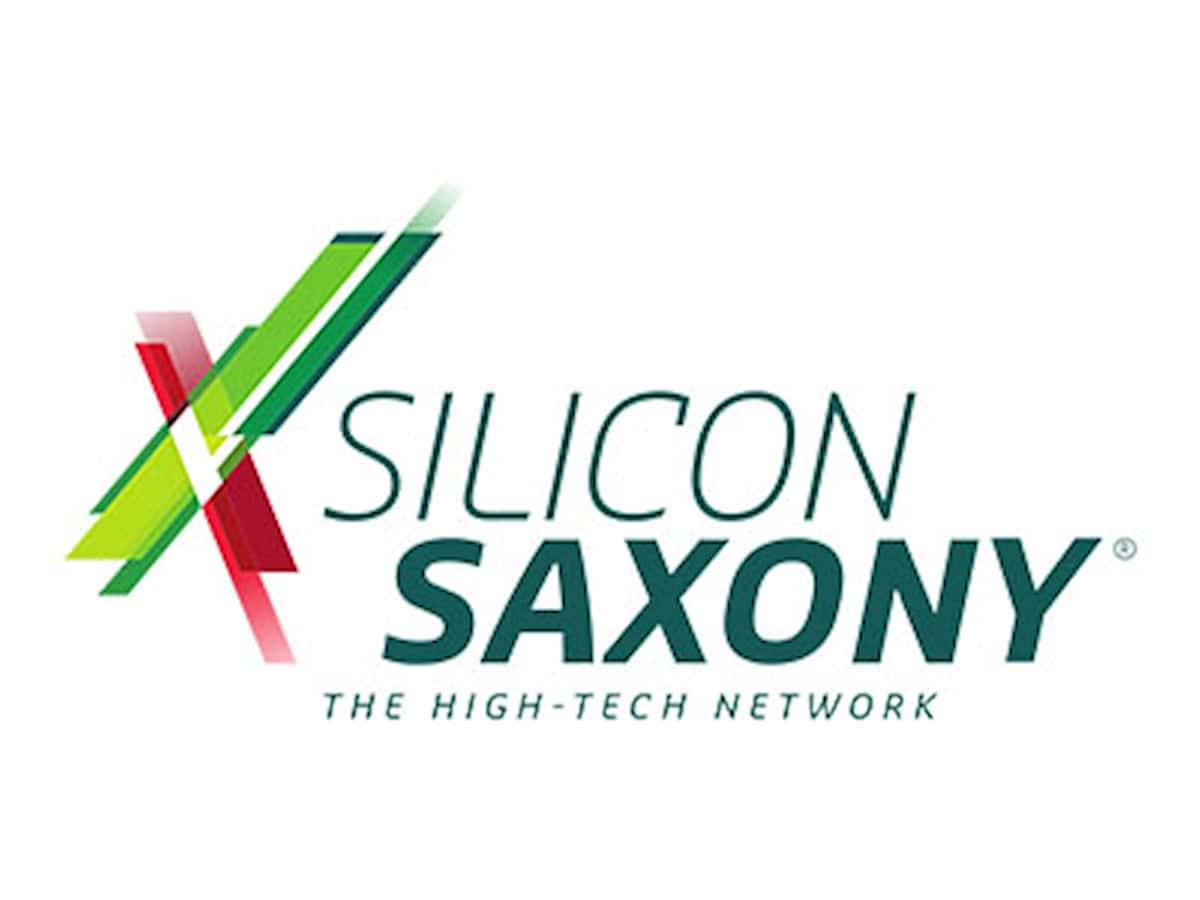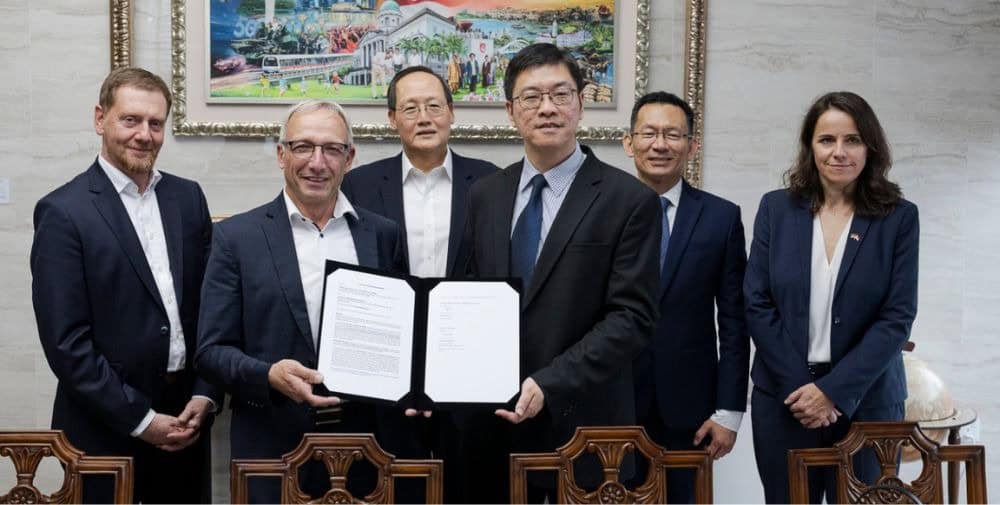
After the customs agreement between the European Union – led by EU Commission President Ursula von der Leyen – and the USA – in the person of US President Donald Trump – on July 28, you might have thought you had entered the world of a sandbox truffle. Not only did the European Union voluntarily hand over its “toy” in the course of the negotiations before it could be taken away from the alliance of states and pulled over its own head. They even voluntarily ate a handful of sand and pretended that they liked it. Better than being publicly humiliated and having to learn even worse things. In the end, there was talk of a “good agreement”. It grated between the teeth and neither business, industry nor state political actors were really satisfied. However, the good news is that the spook was finally over. They got off lightly – in their own opinion.
15 percent tariff, 750 billion euros for energy, 600 billion for investments in the USA
Instead of the threatened 30 percent on almost all EU export goods, they were able to accept a “favorable” 15 percent. The EU wants to invest a further 750 billion euros (by the end of Donald Trump’s term of office) in the procurement of American energy for Europe. 600 billion euros are also earmarked for investments in the USA – which would have to be made by companies. This means that a lot of European money is going to the USA. Especially in the energy sector for products (liquefied natural gas [LNG], oil and nuclear fuel) that do not sound like energy transition and sustainability. But even that has to be endured. Furthermore, if European companies do not invest in the USA as expected, Trump is threatening to raise the current tariff to 35%. The EU has therefore not really escaped the US headlock. There is a shaky castle peace or, to stay with the introductory image, a “sandbox peace”.
Germany cannot currently assess the impact of the “tariff deal”
It is clear that doing business for European companies on the American market will not only become considerably more difficult in the coming years, but also more uncertain. However, even after the negotiations were concluded, nobody really knew what all this would mean in concrete terms. “The outcome of the negotiations and the effects on the economy and jobs in Germany are now being evaluated by the Federal Government,” said German Vice Chancellor Lars Klingbeil (SPD). A task that would have been expected before the start, or at the latest before the conclusion of the customs negotiations. Well then, Germany is now looking at what its own industry and economy will have to cushion or endure in the future. In any case, the economic history of both players does not seem to substantiate the “massive imbalance” in the trade relationship between the USA and Europe and the concessions that are now necessary towards the USA.
EUR 50 billion trade surplus for Europe turns into a fat minus
Until now, European goods in the USA were subject to a tariff of around one percent. US goods in Europe were subject to a tariff of around 3 percent. In 2024, the increase in EU trade in goods compared to the USA amounted to almost 200 billion euros. This was more than twice as much as ten years earlier. And this is exactly what the US President is basing his decision on. The fact that this sum is almost offset by an imbalance in trade in services and that this imbalance continues to grow rapidly, particularly in the digital sector, ultimately played no role or was ignored. The EU imports 482.5 billion euros worth of US services annually (as of 2024) and exports only 334.5 billion euros. Overall, the EU therefore only has a trade surplus with the USA of around EUR 50 billion (as of 2024). Nevertheless, the new customs and trade reality now provides for massive shifts in favor of the USA. Europe’s economy and industry will have to endure considerable disadvantages
The flourishing and barrier-free transatlantic trade is history
Aircraft and components, certain chemicals and generics, semiconductor equipment, some agricultural products, natural resources and critical raw materials are exempt from tariffs. However, the USA will levy a tariff of 15 percent on almost all other goods in future. Conversely, the EU will reduce its tariffs on US goods from around 3 percent to 0 percent. The only exceptions are steel and aluminum, which will be subject to tariffs of 50 percent in the future. Although this tariff rate is to be lowered after further negotiations and a quota system introduced, this will probably only happen after the EU has made further concessions. “A return to the old normality – i.e. a flourishing and largely barrier-free exchange of goods and services – is probably not to be expected in transatlantic trade for the time being,” explains GTAI, the German government’s foreign trade agency. Even manufacturing plants or locations in Canada and Mexico are no longer alternative options, as these countries are now also affected by tariffs. Only those who invest and produce in the United States and can afford additional sites or the expansion of existing ones will be able to avoid the customs issue in the coming years. For the many small and medium-sized export companies in Europe and especially in Germany, this is all too often not a viable option – because it is too short-term, too uncertain and too expensive.
New trade relations must be established with new partners worldwide
The only positive news seems to be that the tariff issue does not only affect Europe. Almost all nations are affected by the American president’s international fight against the “injustice of global trade”. Asia, South Africa and South America are also currently having to compensate for lost US business. This opens up opportunities for the EU and European companies to achieve their own advantageous trade relations here. As in some regions, and unlike in the EU, retaliatory measures for the US tariffs have even been introduced, there are also opportunities for Europe here. Business and industry are therefore following the current negotiations between China and the USA with interest. The battle between these two heavyweights will also have an impact on the EU’s future opportunities.
The tit-for-tat between US trading partners begins
The fact remains, however, that Germany has so far handled the majority of European US business and has therefore suffered the most from the new US tariff reality. Goods worth EUR 161.2 billion were shipped to the USA in 2024 alone. Ireland (72.1 billion euros), the United Kingdom (70), Switzerland (67.8) and Italy (64.8) follow well behind. However, the tariffs for Switzerland in particular have recently raised hopes among European and especially German industry/economy. In future, 39% will be payable on Swiss exports to the USA – a 24% advantage for Germany and the EU and a way of redirecting the flow of goods and cutting into Swiss competitors’ trade relations.
Germany wants to benefit from worse Swiss-US deal
“German companies would have a competitive advantage in areas where they compete with the Swiss: in machinery, medical devices, precision instruments or in the pharmaceutical sector,” explained Hans Gersbach, co-director of the Economic Research Center at the University of ETH in Zurich. The second advantage could be trade diversion. “For example, a German supplier that contributes to the finishing of a Swiss machine could benefit if the finishing is then carried out in Germany and exported from there to the USA. However, German suppliers to Swiss companies would also be negatively affected if Switzerland exports less to the USA. If the Swiss economy were to weaken, this would not be good for Germany either. Alongside the USA, Germany is Switzerland’s most important trading partner.”
However, it is also true that Switzerland will do everything in its power to reverse this current disadvantage and that other European non-EU countries, such as the UK, have already concluded better deals. For example, the United Kingdom currently has a tariff of 10 percent in the USA. One thing is certain: while Europe and the rest of the world have to fight over trade volumes with each other, the USA is rejoicing under its “dealmaker”. Meanwhile, Europe’s politicians are practising appeasement.
Merz and von der Leyen declare the agreement a success
It is good that Europe and the USA have reached an agreement and thus avoided an unnecessary escalation in transatlantic trade relations. Germany was thus able to protect its core interests. The result was the best that could be achieved in the given situation, said German Chancellor Friedrich Merz. EU Commission President Ursula von der Leyen emphasized that the agreement provides much-needed clarity for citizens and companies. This is absolutely crucial. The agreement provides a framework on the basis of which further tariffs can be reduced and economic security can be worked on together. Because when the EU and the USA work together as partners, the benefits are tangible on both sides. It is difficult to reconcile these statements with the Vice Chancellor’s aforementioned lack of clarity.
Silicon Saxony members enter into an exchange and help each other
For German and European companies, the US market will remain a difficult field to cultivate after all the back and forth, but also after realizing how erratically the US government is acting under Donald Trump. Silicon Saxony members are also affected by the current developments and uncertainties. In order to provide better support here, quickly communicate possible solutions and network experts from different companies in the coming weeks and months, the “Patents – Law – Taxes” and “Global Service Management” working groups will deal with the customs issue in the short term. We also encourage all affected companies in our network and the region to contact the Silicon Saxony office to facilitate networking and information sharing.
Although the exact effects of the new trade reality are currently difficult to grasp, the surveys already conducted in business and industry hardly bode well. According to the Chamber of Industry and Commerce, over half (58%) of German companies expect further burdens in the future. For companies with direct US business, the figure is as high as three quarters (74 percent).
After all this, the realization should be that you can only stand up to a sandbox bully if you work together. An opportunity that has unfortunately been squandered after the deals of recent weeks. What remains is to find possible solutions and relief for all the companies affected. And politicians at federal and European level should feel obliged to do so. As a network and cluster, Silicon Saxony is happy to contribute to this.
– – – – – –
Further links
👉 Trade policy under Trump
👉 Frequently Asked Questions (FAQ) on US trade measures
👉 Federal government: tariff agreement with the United States
👉 IHK: Trump 2.0 – US punitive tariffs
Photo: pixabay
– – – – – –
Silicon Saxony Newsletter & Podcast
Our Silicon Saxony Newsletter reaches you twice a month. We will keep you up to date with the latest news from the Saxon, German or international microelectronics, ICT and software industry, events from and for the tech scene and worthwhile activities, funding opportunities and projects for you and your company. 👉Newsletter registration
Our podcast “What’s chippening” always features microelectronics expert Frank Bösenberg as a guest. The approx. 15-minute format focuses on current national and international semiconductor news, which he explains, evaluates and classifies so that you can always start the coming week well informed. 👉Podcast



